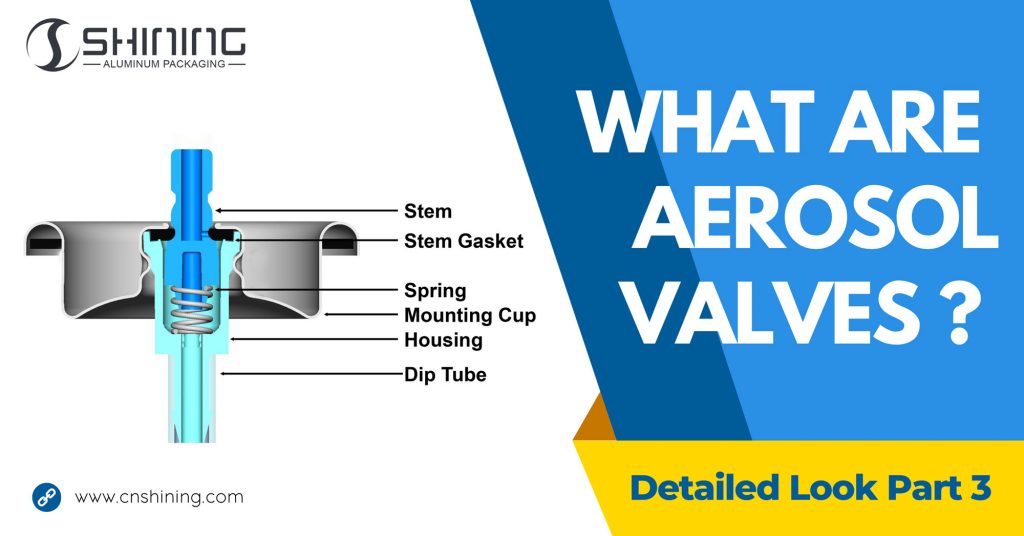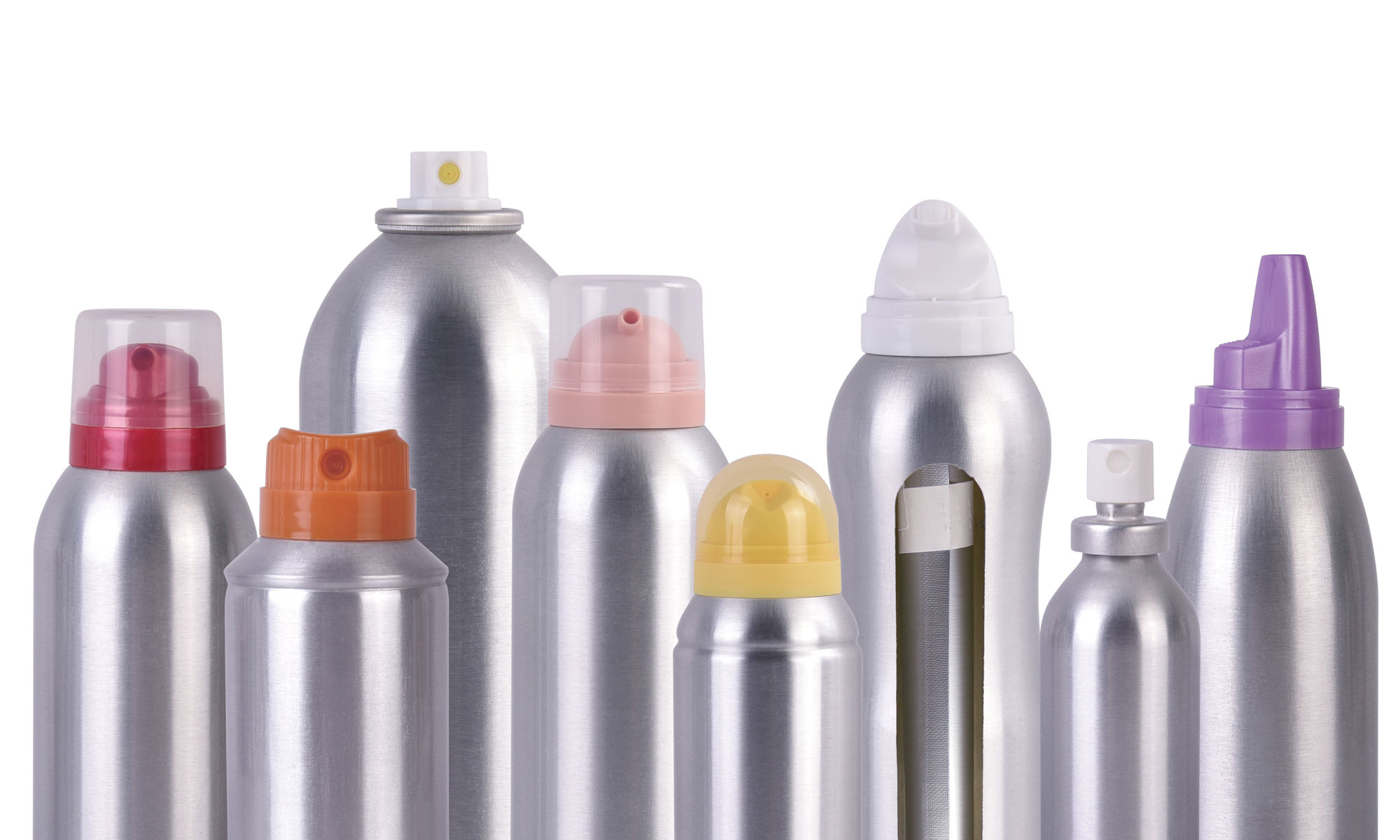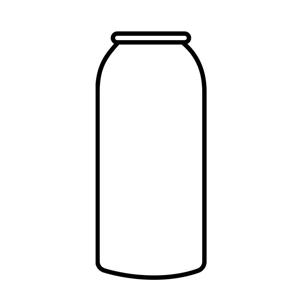Как производитель аэрозольных клапанов, понимание сложных механизмов, стоящих за этими компонентами, необходимо для создания эффективных и надежных продуктов. Аэрозольные клапаны могут показаться простыми, но они требуют точного проектирования для обеспечения постоянного потока продукта, контроля давления и надежной герметизации. Давайте углубимся в то, как работают аэрозольные клапаны, выделив ключевые механизмы, основные функции и адаптации для конкретных приложений.
Механика аэрозольных клапанов
Механизм аэрозольного клапана включает несколько ключевых компонентов, которые работают вместе, чтобы обеспечить контролируемое распыление. Вот как каждая часть вносит свой вклад:
- Актуатор: Это часть, которую пользователи нажимают, чтобы выпустить спрей. Она управляет потоком и рисунком продукта, направляя его через специальные отверстия форсунки. Хорошо спроектированный привод имеет решающее значение для обеспечения плавного, равномерного нанесения.
- Шток и прокладка штока: Шток соединяется с приводом и отвечает за управление потоком продукта. Прокладка, небольшая резиновая деталь, действует как выключатель, герметизируя отверстия, когда они не используются.
- Весна и жилье: Пружина удерживает клапан закрытым, когда привод не нажат, помогая сохранять свежесть продукта. Корпус закрывает эти части и помогает регулировать выход распыления.
- Погружная трубка и монтажная чаша: Погружная трубка втягивает продукт из канистры, в то время как монтажная чашка соединяет клапан с банкой, образуя герметичное уплотнение. Для разных продуктов могут потребоваться различные длины и диаметры погружной трубки.
Основные функции
Аэрозольные клапаны выполняют три основные функции: выдача, герметизация, а также удержание топлива. Вот как каждая из этих функций работает в системе:
1. Выдача
Основная роль аэрозольного клапана — дозировать продукт контролируемым образом. При нажатии на привод клапан открывается, позволяя сжатому продукту вытекать в виде мелкодисперсного спрея, пены или тумана, в зависимости от формулы и конструкции привода. Это действие обеспечивает точность и минимизирует отходы продукта, делая аэрозоли удобными и эффективными.
2. Герметизация
Уплотнительная способность клапана имеет важное значение для сохранения содержимого и обеспечения безопасности пользователя. Прокладка штока и пружина работают вместе, чтобы удерживать клапан герметичным, когда он не используется, предотвращая утечки и загрязнение. Высококачественное уплотнение особенно важно для продуктов, чувствительных к воздействию воздуха или склонных к испарению.
3. Содержание топлива
Безопасное удержание сжатого пропеллента внутри баллона имеет жизненно важное значение. Аэрозольные клапаны рассчитаны на то, чтобы выдерживать внутреннее давление, создаваемое пропеллентами, такими как сжиженные газы или сжатый воздух. Для определенных применений использование барьера или системы «мешок в баллоне» может дополнительно защитить продукт и поддерживать стабильное давление в течение всего срока службы аэрозоля.
Адаптации к различным приложениям
Аэрозольные клапаны разработаны с учетом уникальных потребностей различных отраслей промышленности: от фармацевтики до косметики и т. д. Давайте рассмотрим несколько примеров:
1. Фармацевтическое применение
В медицинских аэрозолях, таких как ингаляторы, точный контроль дозировки имеет решающее значение. Специальные дозирующие клапаны используются для дозирования постоянного, отмеренного количества лекарства при каждом распылении. Эти клапаны часто используют специальные материалы и механизмы для обеспечения безопасности пациента и точности.
2. Косметика и средства личной гигиены
В средствах личной гигиены, таких как дезодоранты и лаки для волос, конструкция клапана направлена на достижение мелкого, однородного тумана. Широко распространены приводы со вставками MBU (механическое разделение), создающие оптимальную схему распыления для равномерного покрытия.
3. Промышленные и бытовые товары
Для таких продуктов, как смазочные материалы и чистящие средства, долговечность и устойчивость к различным химикатам имеют первостепенное значение. Клапаны в этих приложениях изготавливаются из прочных материалов, чтобы выдерживать потенциально коррозионные вещества и обеспечивать долговечную схему распыления.
Советы профессионалов и отраслевая аналитика
- Выберите правильный пропеллент: Выбор подходящего пропеллента имеет важное значение для производительности продукта. Например, сжатые газы, такие как азот, обеспечивают постоянное давление с течением времени, что идеально подходит для продуктов, требующих постоянного потока.
- Используйте актуаторы MBU для мелкодисперсного тумана: Механические приводы дробления улучшают тонкость распыления, что особенно полезно для косметических целей.
- Поддержание целостности уплотнения: Регулярно проверяйте прокладку штока и пружину, чтобы предотвратить возможные утечки, особенно если ваш продукт чувствителен к воздействию воздуха.
- Рассмотрите возможность настройки клапана: Клапаны могут быть спроектированы по индивидуальному заказу в соответствии с конкретными требованиями, включая скорость распыления, размер частиц и усилие срабатывания в зависимости от продукта.
Часто задаваемые вопросы о механике аэрозольного клапана
- Каким образом аэрозольный клапан управляет формой распыления? Схема распыления в первую очередь контролируется приводом и конструкцией форсунки, которая направляет поток и соответствующим образом распыляет продукт.
- Какие материалы используются в аэрозольных клапанах? Обычные материалы включают нержавеющую сталь для пружин, пластик для приводов и резину для прокладок, каждый из которых выбирается с учетом долговечности и совместимости с продуктом.
- Почему засоряются клапаны некоторых аэрозольных баллончиков? Засорение может быть результатом формул с высоким содержанием твердых веществ или неправильного хранения. Регулярное обслуживание и тестирование могут помочь предотвратить проблемы с засорением.
- Что такое привод MBU? MBU (механическое дробление) — это тип привода, предназначенный для создания более мелкого и однородного тумана путем направления продукта через вихревые камеры.
- Как работают барьерные системы с аэрозольными клапанами? Барьерные системы отделяют продукт от пропеллента с помощью мешка или поршня, что идеально подходит для чувствительных составов или вспенивающихся продуктов.
- Как предотвратить утечку аэрозольного клапана? Обеспечьте герметичность узла клапана, особенно монтажной чашки и прокладки штока, и избегайте воздействия экстремальных температур.
- В чем разница между вертикальными и наклонными клапанами? Вертикальные клапаны открываются при нажатии вниз, а наклонные клапаны открываются при нажатии в сторону, что обеспечивает универсальность для различных углов распыления.
- Могу ли я использовать любой привод с любым клапаном? Не всегда; приводы должны соответствовать конструкции клапана для совместимости и надлежащего управления распылением.
- Как выбрать правильный аэрозольный клапан для моего продукта? Учитывайте такие факторы, как вязкость продукта, требования к форме распыления и совместимость с пропеллентом.
- Почему опрессовка важна при сборке аэрозольного клапана? Обжим фиксирует клапан на банке и обеспечивает герметичность, что имеет решающее значение для безопасности и целостности продукта.
Готовы узнать больше или заказать индивидуальные аэрозольные клапаны? Посетите нашу страницу продукта по адресу https://www.cnshining.com/aerosol-valve-manufacturer чтобы изучить наш ассортимент или свяжитесь с нами напрямую для получения индивидуальных решений!






















